Most people tend to think of having small hands as a disadvantage for piano playing. What they are not usually aware of is that there are many famous pianists with small hands such as Vladimir Ashkenazy, Alicia de Larrocha, and Josef Hofmann, to name but a few.
One of the reasons for the massive success of these pianists is that they didn’t restrict themselves to Bach because of their hand span. Some of them have come up with methods that would allow them to reach larger chords, while some worked on expanding their hand span with stretching exercises.
Either way, it’s important to know that small hands have their advantages and disadvantages, and the same goes for big hands as well. Small hands tend to be more agile, while big hands allow for a wider stretch.
What matters most when it comes to piano playing is the flexibility, speed, accuracy, and relaxation rather than mere hand size.
Before diving into the post, I’d like to introduce you to a fantastic book called Adaptive Strategies for Small-Handed Pianists that I believe is an incredibly valuable resource. It looks at the issue of small-handedness in piano playing from different aspects and offers creative solutions for pianists with small hands. My hands are also fairly small, and this book has provided me with a lot of useful strategies to overcome the technical problems I face, so it’s a book I highly recommend.
Now, let’s see 20 famous small-handed pianists who show that hand size doesn’t have to limit what you can accomplish as a pianist.
Vladimir Ashkenazy
I remember having a shock when I first heard that Ashkenazy, one of the greatest pianists of all time, could only span an octave.
Ashkenazy has incredibly small hands with a maximum reach of a 9th, despite having recorded all of Rachmaninoff’s piano works. Other than small hands, he also had very stubby fingers.
In an interview, he said that to reach large chords he’d either gently roll the chord or leave a note out. As you see, having small hands doesn’t have to prevent you from playing advanced repertoire.
In fact, there are quite a lot of strategies you can implement to deal with hard-to-reach chords. If you struggle with playing chords because your hands are small, I highly recommend checking out these 4 useful tips for playing large chords with small hands.
“I have not big hands, not terribly small, not quite average, and my fingers since birth are built in such a way I can hardly play. I need to practice quite a lot – still – simply to play certain passages that for other players are easy to do.”
Source: NewStatesman
Alicia de Larrocha
The legendary Spanish pianist Alicia de Larrocha was under 5 feet tall, with unusually small hands. She mentioned several times that she had to do stretching exercises all the time to overcome her physical limitations. These stretching exercises gave her hands elasticity, allowing her eventually to reach a tenth.
The most inspiring thing about Larrocha is that her physical disadvantages didn’t stop her from playing the big concertos from Liszt and Rachmaninoff with technical brilliance. Despite her extremely tiny hands, she never shied away from physically challenging works, worked hard on her technique, and built a massive repertoire.
Alicia de Larrocha is considered to be the greatest Spanish pianist of her time.
Josef Hofmann
Hofmann, one of the greatest pianists in history, had abnormally small hands, so much so that Steinway built him a specially manufactured piano with narrower keys.
Other than having custom pianos, Hofmann developed numerous other different methods to overcome the disadvantages of extremely small hands, all of which he explains in his influential book, Piano Playing: With Piano Questions Answered.
Because my hands are also fairly small, I found a lot of useful advice in the book that I still implement to this day. One of the best hacks I learned from it was putting hands in hot water for 2 minutes then gently pulling each finger in the water. It greatly helps stretch my fingers, allowing my hands to reach larger intervals.
Other than the small-hands issue, the book also contains wonderful advice on other vital piano subjects, so it’s a book I highly suggest to piano players of any level and hand size.
Here’s a stunning Rachmaninoff performance by Hofmann. Who’d tell he could barely reach an octave?
Wael Farouk
Born with unusually short ligaments and fingers, Wael Farouk is among the most small-handed pianists on our list. He can’t even open a jar or make a fist, but he’s been performing Rachmaninoff’s Piano Concertos at the top concert halls throughout the world since he was 19, the most technically challenging works in classical music.
As a child with immense musical interest and talent, he was told several times that he’d never be a successful pianist due to his hand condition, so he’d better give up. Farouk proved them all wrong when he became the top student in Cairo Conservatory, won a Fullbright Fellowship to study classical piano in the US, and gave several concerts where he performed the most difficult Rachmaninoff works. He accomplished all of this while barely reaching an octave, which is incredibly inspiring.
The hand is the part that really transmits what is in the heart.
Wael Farouk
Source: Chicago Tribune
Daniel Barenboim
The next small-handed pianist on our list is Daniel Barenboim, with a maximum reach is of a 9th on the piano.
One of the most influential pianists of our generation, Barenboim admits that technique and ability are crucial to piano playing. However, what’s even more important for him is musicianship, that is, to play from the heart.
Alexander Scriabin
Alexander Scriabin is known as one of the greatest composers, but he was also an outstanding virtuoso pianist and performer of his time, despite a small-handed one.
If you’ve ever played a piece by Scriabin, you probably know that his pieces are technically quite demanding. Scriabin composed piano music full of massive chords and stretches, while he could barely reach a 9th on the keyboard. It is said that the reason why he wrote such difficult music was that he was influenced by his classmate, Rachmaninoff, who had the biggest hands in classical music and was also a superstar virtuoso of the time.
Despite only reaching an octave, Scriabin mastered the arpeggiation of chords and use of the pedal to play the chords that were too big for him to handle otherwise.
Here’s a special recording of Scriabin playing his own compositions if you’re interested!
Mikhail Pletnev
The International Tchaikovsky Competition winner Mikhail Pletnev is among the most celebrated pianists of all times, yet he has surprisingly tiny hands.
Despite this, Pletnev recognizes the giant-handed Rachmaninoff as the most significant pianist to influence and inspire him.
Shura Cherkassky
The outstanding performer of the works by Chopin, Rachmaninoff, and Lizst, the Ukrainian-American pianist Shura Cherkassky was one of the leading figures in the romantic piano tradition. Cherkassky was a miniature man with a doll’s hands, though they were very strong.
He was the pupil of Josef Hofmann, another famous small-handed pianist on our list. So, it’d be safe to assume that Hofmann taught his special tricks to play the wide passages with a brilliant technique to Cherkassky.
Elton John
The superstar Elton John is regarded as one of the best rock n roll piano players, though he was classically trained and studied at London’s Royal Academy of Music as a teenager.
In an article by the Guardian, he reveals that one of the reasons he didn’t pursue a career as a classical pianist was that his hands were too small.
However, this example shouldn’t discourage you if you’re small-handed. As you keep going through this list, you’ll realize that having small hands isn’t a barrier to becoming a world-famous pianist.
After all, Elton John is regarded as the most successful rock pianist, and he’d likely achieve the same level of success as a classical pianist if he really wanted to. I highly recommend watching Rocket Man if you haven’t already. It shows Elton John’s teenage years in London’s Royal Academy of Music and the tough classical training he went through, which was incredibly interesting to watch.
Murray Perahia
The celebrated American pianist Murray Perahia is known to have pretty small hands, though the awards he has won so far aren’t that small in number.
However, Perahia didn’t have much luck with his hands throughout his career, as he had a hand injury in 1990 that led him to a series of surgeries and eventually a long break of 15 years from performing.
Still, he didn’t give up piano playing after all the challenges he faced. He spent this break recording less-technically-demanding pieces by Scarlatti, Bach, and Handel.
I believe Murray Perahia is a wonderful example showing that challenges and physical limitations aren’t excuses to sit back and feel sorry for ourselves. Even in the worst of times, there is always something we can do to keep improving and exploring.
Leopold Godowsky
The Russian-born pianist, composer, and influential teacher Leopold Godowsky was a highly regarded pianist of the time. He was quite proud of his small hands and claimed that they gave him a distinct advantage in terms of agility.
Godowsky is a unique name on this list as he never received a formal education and was almost a completely self-taught pianist.
”How can you great artists play the piano so magnificently with such small hands?” the woman asked. Godowsky replied, ”Where in the world did you get the idea that we play the piano with our hands?”
Source: MIT Technology Review
Michel Petrucciani
The legendary jazz pianist Michel Petrucciani was not even one meter tall, and his hands were smaller than a 10-year-old. He was born with osteogenesis imperfecta (brittle bone disease), a genetic disease that caused his bones to fracture and kept him in pain all the time.
Despite the hands of a dwarf and the constant pain in his arms, Petrucciani had an internationally accomplished career as a jazz pianist. He had a flawless technique and is now regarded as one of the most respected jazz pianists.
Myra Hess
One of the most acclaimed British pianists, Myra Hess had possessed such small hands that one of her teachers at the Royal Academy of Music created a special device to develop her hand span.
Her small stature and hands didn’t stop her from producing some of the finest records of Bach, Beethoven, and Mozart though.
Arthur Loesser
A lesser-known name, Arthur Loesser was a respected American concert pianist and writer of the 20th century.
He had extremely small hands and short fingers but played the most challenging pieces with finesse and fluidity.
Vince Guaraldi
The famous jazz pianist Vince Guaraldi had smaller hands than most jazz players. His fingers were also fairly short and stubby, though this played a significant part in his signature style and sound.
Jon Nakamatsu
The accomplished pianist Jon Nakamatsu was working as a high school German teacher until he became the first American winner of the Van Cliburn International Piano Competition in 1997 after 16 years.
Nakamatsu didn’t receive a formal education in music, and he’s now one the most famous living pianists with small hands. He can barely reach an octave, but it didn’t stop him from producing phenomenal recordings of Rachmaninoff’s Third Piano Concerto and Paganini Rhapsody.
Emil Gilels
As one of the greatest Russian pianists of all times, Emil Gilels had a vast repertoire and an outstanding technique.
Despite his small hands and stubby fingers, his Beethoven, Liszt, and Schumann recordings are unmatched to this day.
Maria João Pires
Another famous pianist with small hands on our list is Maria Joao Pires, who is an acclaimed Portuguese classical pianist best known for her interpretations of Mozart and Beethoven.
She revealed in an interview that the reason why she had such proficiency with Mozart works was that they were the most suitable pieces for her hand size. Even though she loves Brahms and Liszt’s pieces, Pires admits that those are the pieces that she can’t play well.
Mieczysław Horszowski
The famous Polish-American pianist Horszowski could barely reach over an octave and was under 5 feet tall. For this reason, he avoided much of the virtuoso repertoire, turning his focus on music that had intellectual challenges rather than physical ones instead.
This way, Horszowski managed to turn his physical limitation into an asset, which allowed him to develop his unique sound and style.
Lee Shaw
Lee Shaw, known as the “first lady of jazz”, was under five feet (150 cm) tall and had extremely tiny hands. Despite her small stature, she could produce such a huge and aggressive sound that she was recognized as a phenomenal force on the piano.
These were the 20 famous pianists with small hands that prove hand size doesn’t matter to become a successful pianist. I hope this list has shown you that your only limit is you when it comes to piano playing, not your hand span.
Do you know any other famous piano player with small hands? How wide is your hand-span? How does it affect your playing?
Let me know in the comments below!

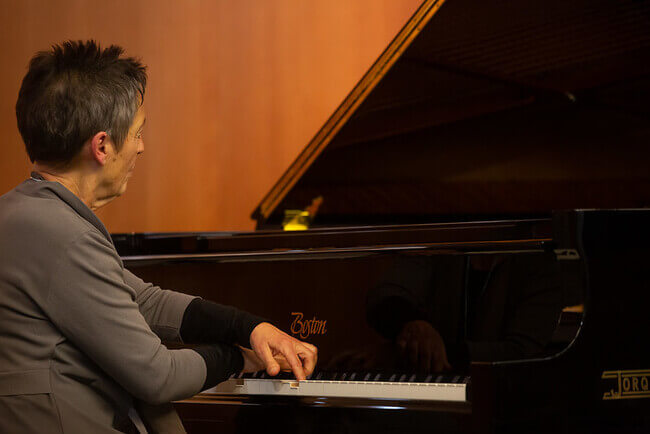

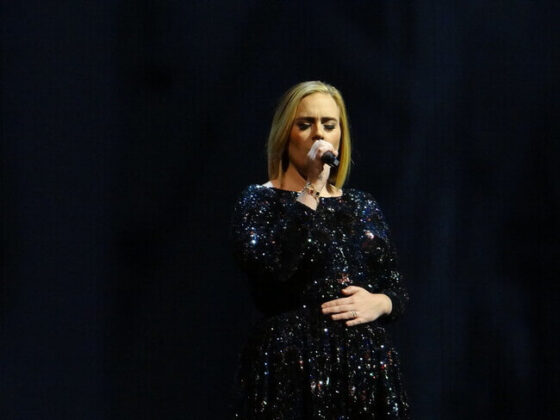
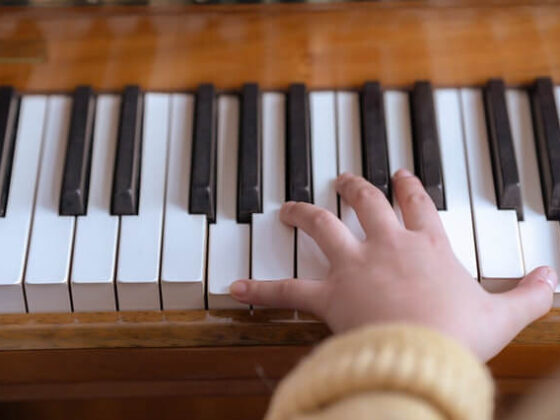
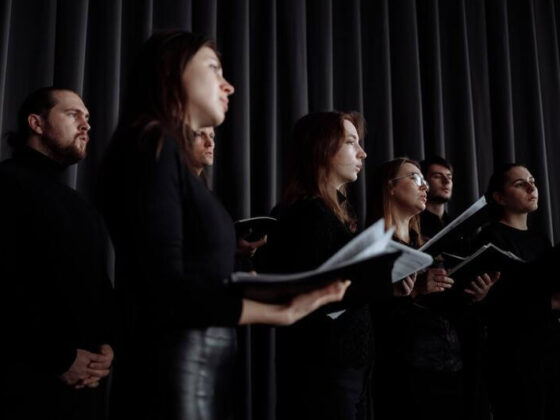
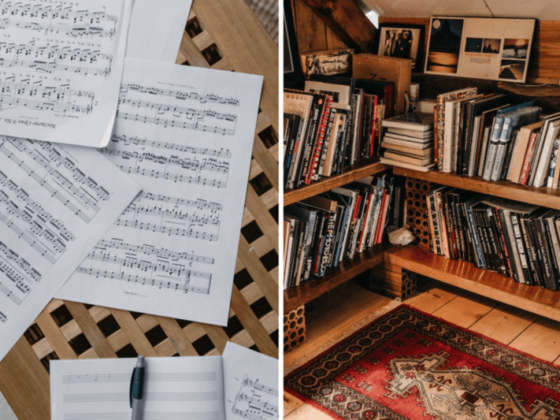
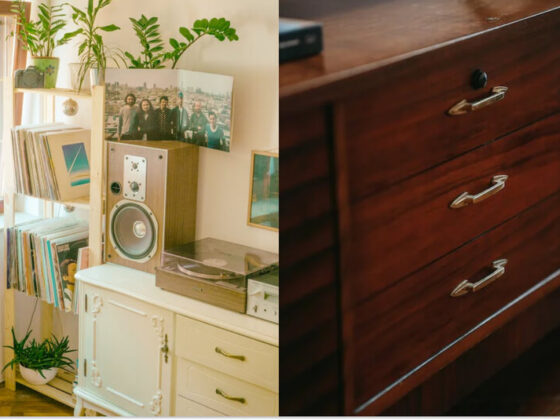
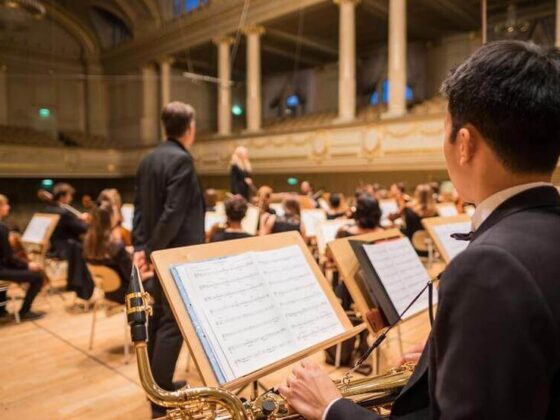
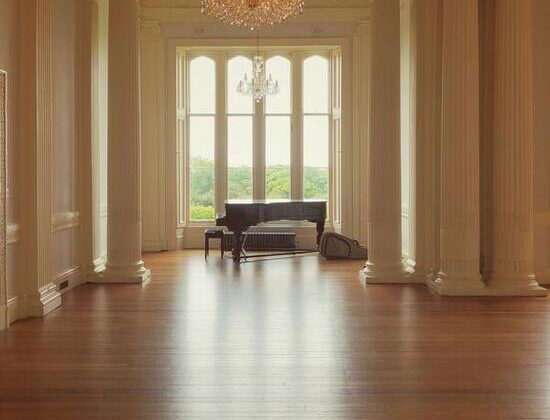
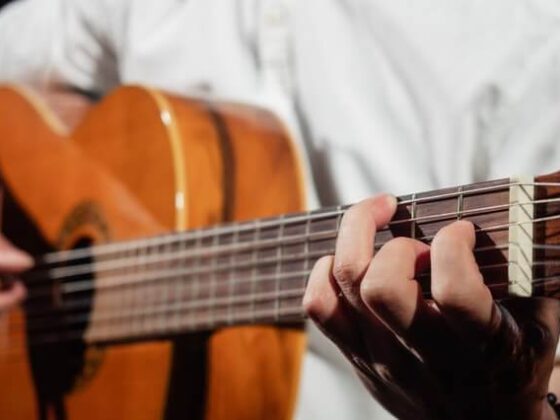
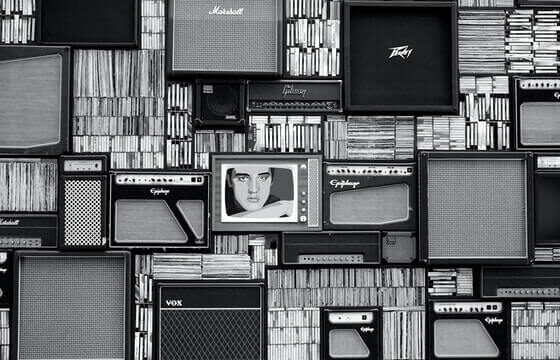
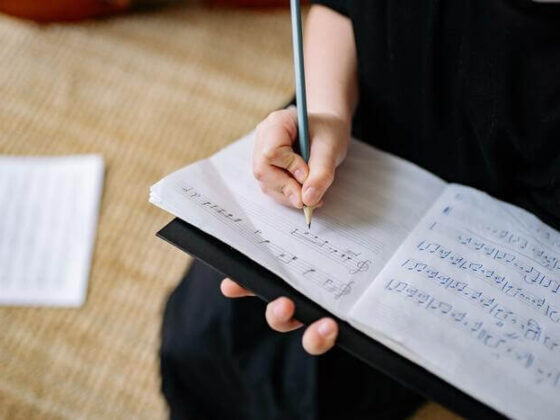
9 comments
Thanks for writing about this!
While a pianist with ‘small hands’ may indeed excel, there is no question that they can be handicapped in terms of reaching their musical potential. It is important to define what is meant by ‘small hands’ – a male pianist like Ashkenazy may have hands that are small compared with other male concert pianists, they may be large compared with the majority of women. The important factor for piano playing is hand span (the number of notes reached, and also the stretch between the fingers, especially 2 and 5). Pianists like Gilels and Perahia had relatively short fingers but their wide hands meant that their overall span was sufficient for just about any repertoire.
Pianists commonly said to have ‘small hands’ like Ashkenazy, Barenboim and De Larrocha could just manage a 10th in their youth. Around 50% of women cannot even play a 9th, and most have to play fast octave passages with considerable tension, leading to pain, injury and lack of power and tonal control. On average, female hand spans are one inch smaller than those of males and women are twice as likely to suffer injury.
Also, one can’t assume that a short person like De Larrocha will necessarily have a small hand span – the correlation between height and hand span is relatively weak.
There is no evidence that stretching exercises have a significant impact, though they can be helpful for warming up etc.
Hofmann could play a 10th (see photo of his hands on my website under ‘Keyboard history’). But he obviously found narrower keys to be an advantage as his span would have been less than that of many other concert pianists. De Larrocha pleaded with Steinway to make her a keyboard with narrower keys (like Hofmann’s) but they refused. And many people aren’t aware that Barenboim plays on narrower keys these days.
I certainly support the suggestions in the book by Wristen and Deahl on tips for small-handed pianists. But actually playing on a keyboard that fits your hands is a revelation!
I have been involved in considerable research on the issue of hand size and piano playing for several years, resulting in a number of publications. There is also a growing movement (PASK) to convince manufacturers to provide pianists with a choice of keyboard size…you may like to explore the website: http://paskpiano.org, including some of the videos such as the one by Canadian pianist Linda Gould called ‘My piano has a secret’.
Wow, thank you so much for your wonderful insight! Your comment is a great complement to this post and the points you have made are incredibly valuable. The PASK movement seems so exciting, I’ll definitely check that out!
Thanks for posting my comment Selin…
I just noticed a typo in my post in the sentence: ‘Also, one can’t assume that a short person like De Larrocha will not necessarily have a small hand span – the correlation between height and hand span is relatively weak.’ The word ‘not’ needs to be deleted….meaning that short people can sometimes have quite a large hand span, and tall people may have small hand spans…
Please be in touch at any time!
Rhonda
Hello Rhonda,
No worries, I’ve just edited your comment!
Thanks again for sharing your thoughts here, it’s really appreciated.
All the best,
Selin
I’d like to second Rhonda – it’s strange that pianists talk about “small hands” so much when all the hands they are referring to are of average size for adult humans – they’re only small for a professional pianist. But it’s totally understandable, since everyone who plays the piano well must, by definition, have relatively large hands. The people who didn’t persist with piano because what they were trying to do was obviously physically impossible or caused them constant pain and permanent injury, aren’t counted. My hands are average for an adult woman – I can just reach the octaves required in beginner repertoire, with tension and discomfort. My Mum’s hands are actually small, and she cannot reach an octave and gave up playing when she reached adulthood – but her fingers show the visible deformity caused by struggling to reach it as a young girl. And there is no good reason whatsoever why pianos have to be like this. It’s a complicated machine designed in the 1880s, much more like a racing yacht than a violin – they can use carbon fiber if the wooden mechanism is too delicate to make smaller keys. I wish our tendons mattered more than the manufacturers’ pretensions.
Hi Eleanor,
These are indeed great points. Most so-called small-handed pianists have average-sized hands for adults. I’d probably define “small hands” as not being able to reach an octave like your mother. In this case, there are actually quite a few pianists on this list with truly small hands like Josef Hoffman or Lee Shaw.
Regarding the pianos with narrower keys, I couldn’t agree with you more. I don’t understand why we’re still struggling to find pianos designed for small hands, while there is an obvious need for it in the market.
Josef Hoffman can definitely reach more than an octave on a “standard keyboard” with 6.5-6.6 inch octave…Barenboim too, but they both prefer to play on narrower keyboard. I have by definition very small hands. My hand span is only 7 inches with them extended to the fullest–pinky and thumb to almost 180 degrees. When stretched to that degree, the arch of the hands are almost completely gone. I cannot play the majority of the romantic repertoire. Octaves in succession are beyond dreaming. And not being able to reach is just the tip of an iceberg. I won’t preach to the choir here since both Rhonda and Eleanor have both made great points~
I think that if the hand span on the piano is 15 cm, the hands belong to small hands. An octave is 15 cm. The size of little fingers and thumbs is also important.
There is a very large repertoire in the piano category and there are many works that one can study and play even when you have small hands. If something is obvious that it requires a large hand, then one should not feel lesser for not really being able to bring it justice so to speak. We can’t all do everything and certainly, no pianist can study and perform ALL of the piano repertoire, that simply would not be possible. A person cannot climb every mountain in the world, nor see every part of the world in their lifetime; and neither can a person watch every film and TV show that has ever been made. One wouldn’t have the time for all that. I can span a ninth and in my left hand I can span some minor 10ths. But on the whole a ninth, and I am content even though I can’t do Liszt and Brahms, etc. There’s a lot I can do